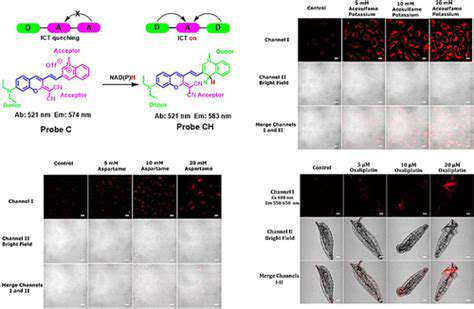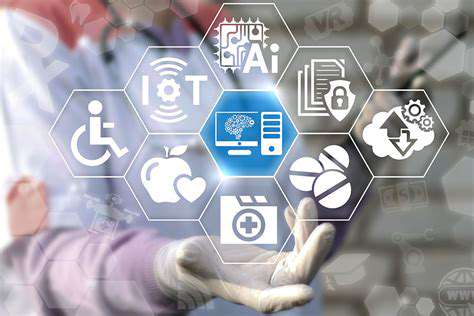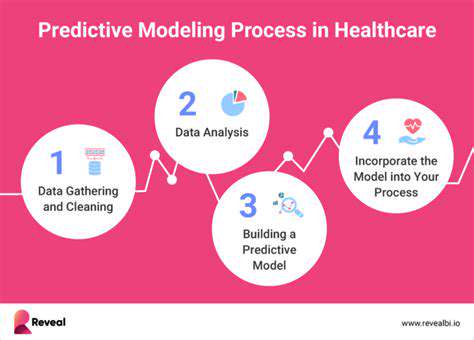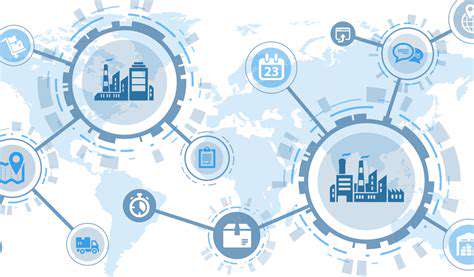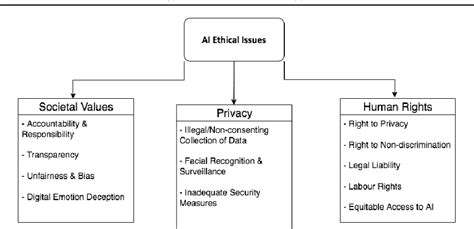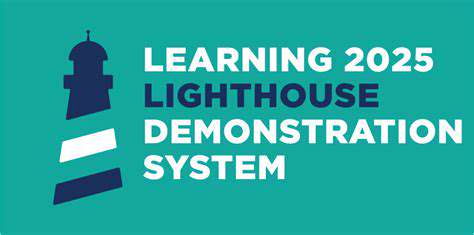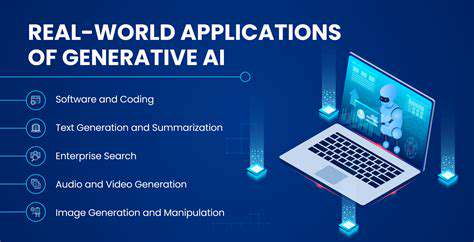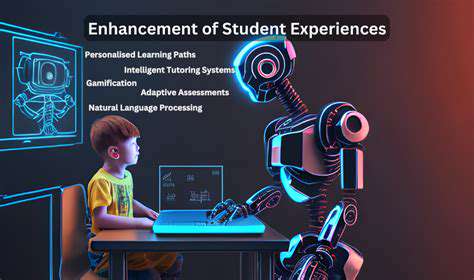Real-time Data Acquisition and Analysis
Modern IoT devices have revolutionized environmental monitoring by providing uninterrupted data streams, a stark contrast to outdated manual sampling techniques. This instantaneous data flow enables rapid detection of irregularities and emerging patterns, allowing for swift countermeasures against environmental threats. Consider water quality sensors that identify pollution surges in milliseconds, triggering emergency protocols that can avert ecological catastrophes. Traditional methods simply can't match this speed, leaving critical gaps in environmental protection.
The continuous data stream facilitates advanced predictive analytics. By analyzing real-time inputs, scientists can forecast environmental shifts with remarkable accuracy. For instance, anticipating heavy precipitation patterns enables municipalities to implement flood control measures days in advance, safeguarding communities and infrastructure.
Enhanced Monitoring Capabilities
IoT sensors thrive where traditional methods falter, operating reliably in extreme and inaccessible locations. These devices gather crucial data from pristine mountain watersheds to deep ocean trenches, painting an unprecedented portrait of planetary health. Where researchers might visit a remote site seasonally, IoT arrays provide constant surveillance, revealing subtle environmental changes that would otherwise go unnoticed.
The diversity of available sensors creates multidimensional environmental profiles. Where conventional monitoring might track three parameters, IoT networks can simultaneously measure dozens of variables, from soil acidity to atmospheric particulates. This data richness enables correlations and insights impossible with traditional approaches.
Improved Efficiency and Cost Savings
Automation through IoT eliminates the inefficiencies of manual data collection. Field technicians transition from data gatherers to data analysts, focusing their expertise where it matters most. Automated alert systems reduce response times from days to minutes, as seen in industrial spill detection where every second of reduced containment limits environmental damage.
Predictive maintenance represents another financial advantage. By forecasting equipment failures before they occur, organizations avoid costly emergency repairs and minimize downtime. Budgets stretch further when resources are deployed precisely when and where they're needed most.
Scalability and Adaptability
The modular nature of IoT systems allows seamless expansion as monitoring needs evolve. New sensor nodes integrate effortlessly into existing networks, whether adding coverage for a newly discovered endangered species habitat or expanding air quality monitoring to a growing urban area. This flexibility future-proofs environmental monitoring investments.
Data-Driven Decision Making
IoT generates environmental intelligence at unprecedented scales. Advanced analytics transform raw data into actionable conservation strategies, like using watershed behavior patterns to optimize reservoir management. Policymakers now base regulations on comprehensive datasets rather than limited samples, creating more effective environmental protections.
Remote Access and Collaboration
Cloud-based IoT platforms break down geographical barriers to environmental stewardship. Researchers in Tokyo can monitor Amazonian rainforest metrics in real-time, while local communities access the same data to advocate for their ecosystems. This democratization of information fosters global cooperation on environmental challenges that respect no borders.
Predictive Modeling and Early Warning Systems
IoT's true power emerges when historical data meets real-time inputs. Sophisticated algorithms now predict environmental crises with startling accuracy, from forecasting wildfire risks based on moisture and wind patterns to anticipating toxic algal blooms in drinking water reservoirs. These early warning systems save lives and reduce economic losses by enabling proactive responses to impending threats.
